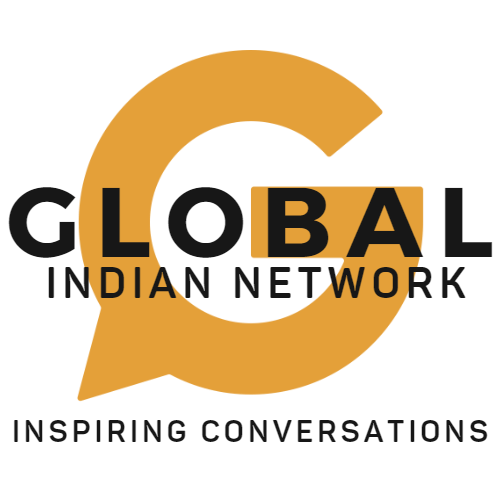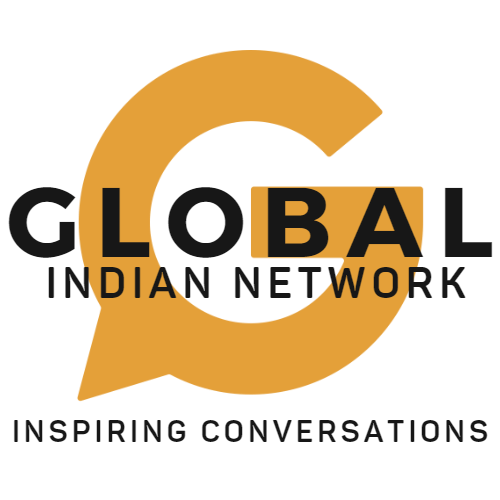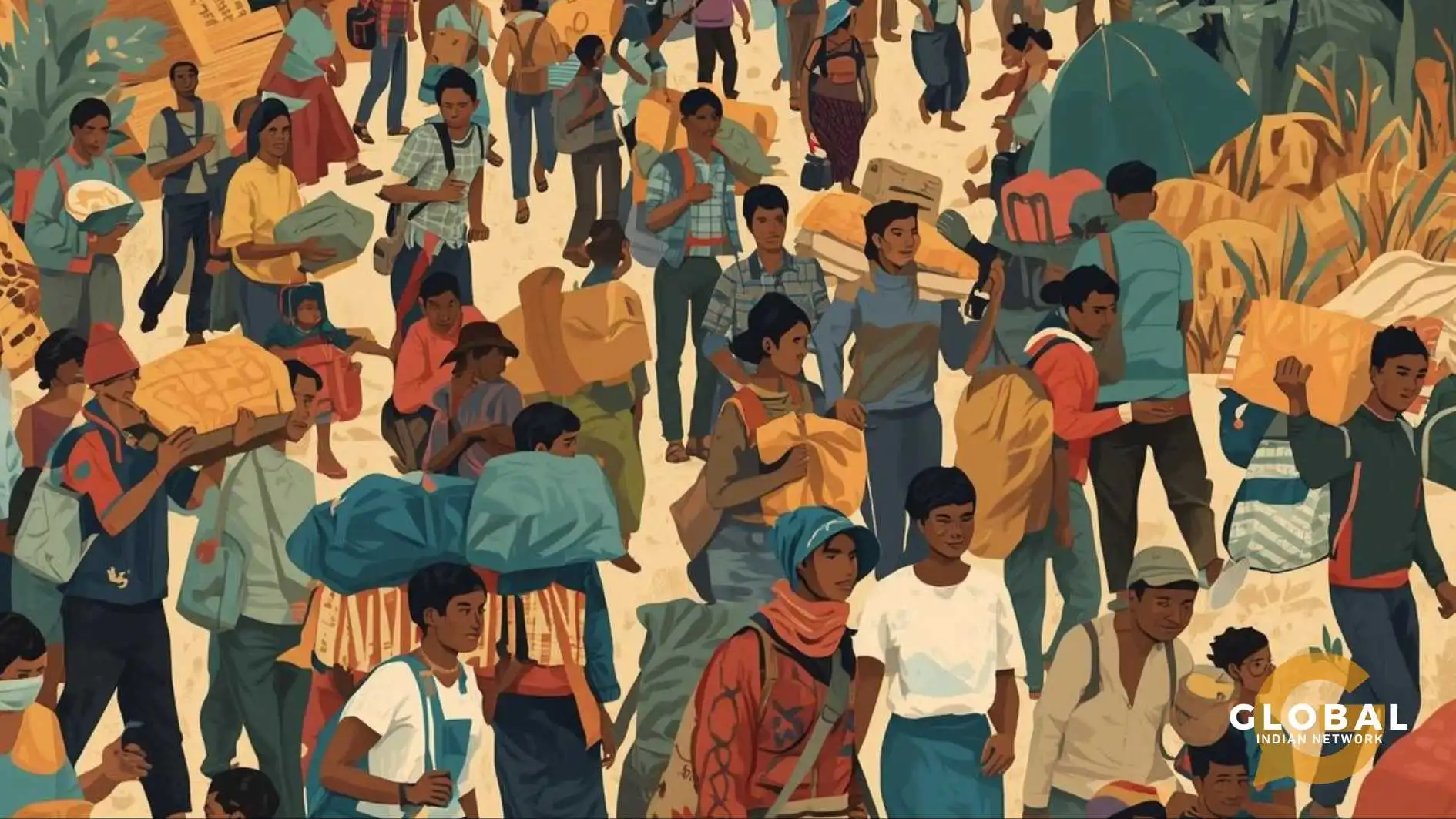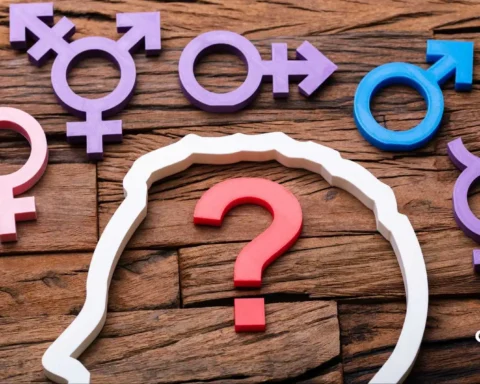Migration and diaspora have always influenced the stories of nations and communities around the world. For the global Indian community, relocation and the expatriate community are real experiences. With every wave of movement and each story of settling and resettling, there are invisible ties connecting people, power, and place. When we discuss relocation and the expatriate community, we are looking at ideas central to being part of a global community that is Indian, Brown, and continuously changing.
Table of Contents
Understanding Migration and Diaspora
Migration and diaspora are terms that carry significant meaning for millions of people. Migration is usually understood as a flow of people out of a specific place or state towards another, usually because of a possibility, a problem, or even a necessity. Diaspora, on the other hand, means individuals and groups of people who reside outside the country of origin without losing emotions, culture, and economic ties with the country of origin. The Indian relocation and expatriate community story is one of the largest in the world, forming one of the most impactful and dynamic communities globally.
To the global Indians, the stories of relocation and the expatriate community start with the journeys, which are sometimes voluntary and sometimes involuntary. Generations had abandoned their country with the purpose of education, employment, or protection. These movements formed new communities in such cities as London, New York, Toronto, Dubai, and Sydney. The relocation and expatriate community network was strengthened due to each destination becoming a new hub of affiliation and belonging.

Power, Identity, and Place
What is so significant about migration and diaspora? The solution can be found in their ability to define identity, economics, and politics. It is not just the memories that Indians in foreign countries take with them, but also make their adopted countries and their native countries. Migration and the diaspora phenomenon have enabled the international Indian community to possess resources, networks, and power. These strands of linkage affect business, elections, technology, and the arts.
Consider the fact that there are many Indian origin CEOs in Silicon Valley, or NRI remittances have a significant impact on the Indian economy. In this case, migration and the diaspora play a factor that promotes opportunity and growth. The Indian food, the Bollywood, the festivals such as Diwali, Indian culture goes with the people, and this alters identities, creating multicultural communities by tying them together.
Migration and the Diaspora in the Everyday
Migration and the diaspora are not only a matter of economic or cultural authority, but of the struggles of daily life. Who gets to belong? What customs have been adapted or died out? To young Indians brought up in the diaspora, issues of language, marriage, and career could be burning crossroads. They have to juggle between different identities and seek a way of relating to their roots and construct new wings.
Activism and social justice are also manifestations of the migration and diaspora experience. Indian-origin activists invoke their migration and diaspora heritage to advocate their interests, and those of other minority populations, whether in the US or in the UK, fighting either the cause of immigrants in the US or racism in the UK. This unanimous voice is the result of the unseen connections of belonging and non-belonging to the homeland and the host society.
The Global Indian Community: Challenges and Opportunities
The topic of migration and the diaspora cannot be discussed without mentioning the specific difficulties of the worldwide Indian population. There are actual questions concerning discrimination, citizenship, and political participation. The migration and the diaspora networks are helpful, yet they introduce stressors, such as preserving tradition or missing generations. However, here are the same networks that open up opportunities: business relations, culture, charity, and even lobbying.
It can be seen how migration and the diaspora are central to the resilience and solidarity of global Indian organizations (alumni groups, regional associations, or digital communities). Migration and diaspora are a very strong reminder to many that home is not a place but rather a network of relationships, values, and memories.

Migration and Diaspora in the Indian Imagination
The theme of migration and diaspora never ceases to exist in Indian cinema, literature, and art. In novels such as The Namesake and on streaming services, characters are struggling between the forces of identity, longing, and transformation. These tales create visions of the Indian diaspora around the world, an amalgamation of cultures, which flourishes in diversity, yet will always be connected as one by the unseen thread of migration and the diaspora.
Why It Matters for Global Indians
Migration and diaspora are no longer historical processes; it is the driving forces of the contemporary global economy and society. To the global Indians in the diaspora, the process of migration and the diaspora entails the acknowledgement of collective hardships, the revelation of collective successes, and the creation of a new future that acknowledges the importance of origins and directions. Such relations enable individuals and groups of people to envision new possibilities, both politically, culturally, and economically.
The fact that we base our stories on migration and the diaspora renders our platform authentic, relevant, and dynamic. We do not only talk about a region or even a country, but rather we are talking about a world that is united by common experiences of being moved, adapted, and belonging.
Conclusion
The invisible threads of migration and diaspora connect every member of the global Indian and Brown community. They remind us that our stories go beyond borders and that our identities are shaped by movement, memory, and connection. In a rapidly changing world, migration and the diaspora present both challenges and opportunities, making our shared experience richer, deeper, and more relevant than ever.
Let us keep exploring, writing, and reflecting on migration and diaspora while focusing on the voices and realities of our global community.

FAQs
What do the terms migration and diaspora mean?
Migration and diaspora refer to the movement of people from one region or country to another and the communities they build while living outside their homeland. Migration involves physically moving, while diaspora focuses on the cultural, emotional, and economic connections kept with the place of origin.
How large is the Indian migration and diaspora globally?
The Indian migration and diaspora include over 35 million people around the world, making it one of the largest and most influential groups globally. Significant populations are found in the United States, the Gulf countries, and the United Kingdom.
What challenges do people in migration and diaspora face?
While migration and diaspora provide opportunities, they also come with challenges. These include discrimination, difficulties with cultural assimilation, issues with maintaining identity, and limits on political participation, like voting rights for Non-Resident Indians (NRIs).









